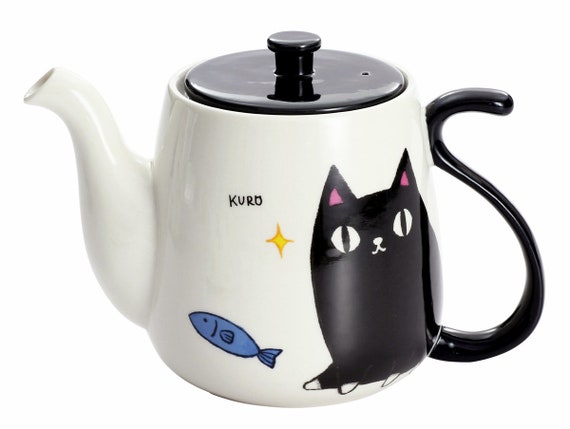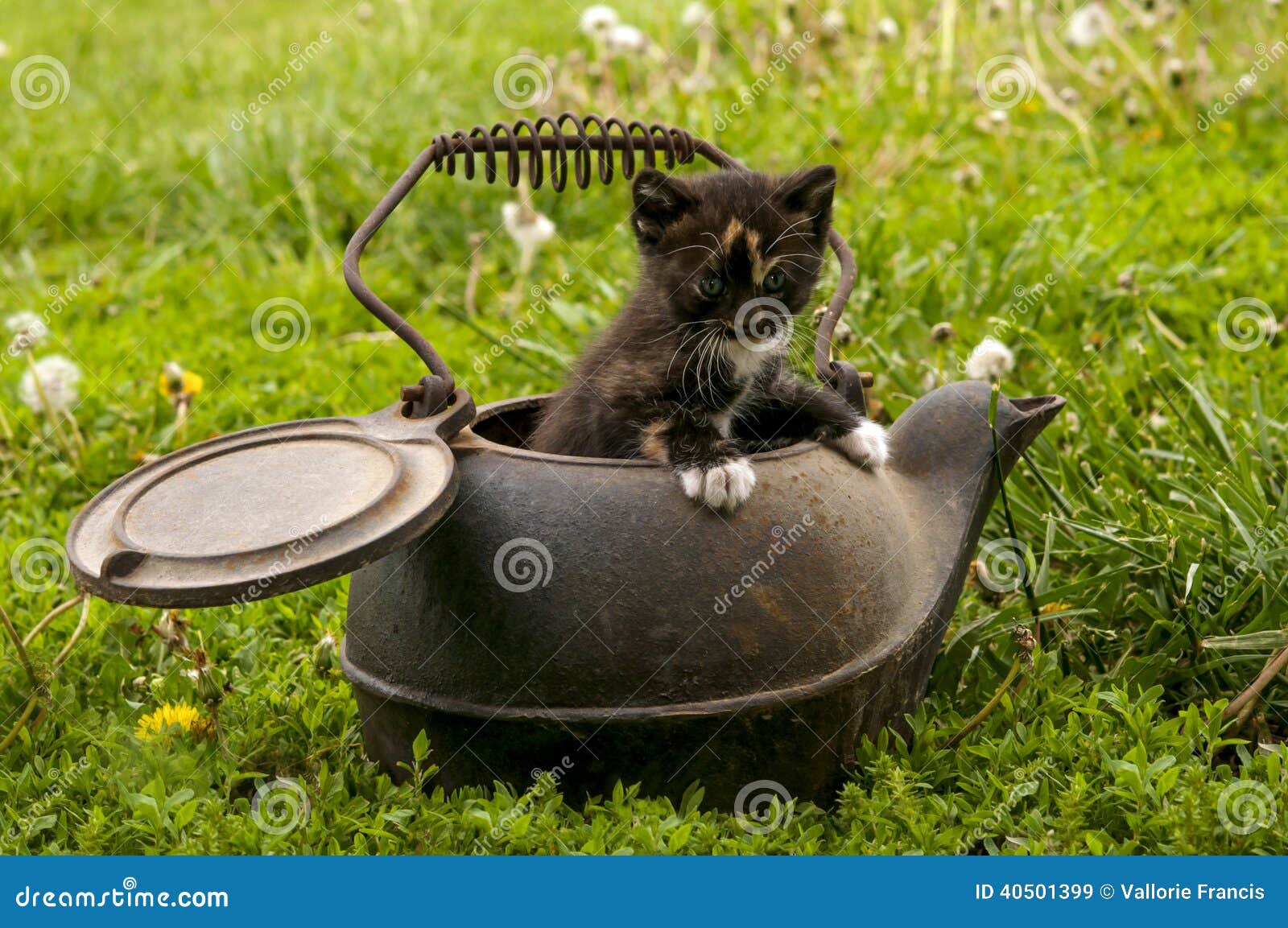
As stated above, the proverb is almost always used in isolation or a sentence of its own. If you are still not sure, refer to the aforementioned example sentences. Using the saying, therefore, in your texts should be non-controversial and straightforward. It’s certainly not “racist” or signals anything of that sort in the slightest. To conclude, the meaning of the phrase “the pot calling the kettle black” is pretty straightforward or is not open to interpretations as some would like to believe. He said to me, “Your taste in music is terrible.” I responded, “Well, that’s the pot calling the kettle black because your music preference is worse, in my opinion.It’s pretty much like the pot calling the kettle black. In reality, however, Jason has a messier house. Jason accused Martin of not cleaning his house and keeping it tidy.His accusing her of cheating was like the pot calling the kettle black.The general public quickly reacted and described the leader’s comments as the pot calling the kettle black.
Theres a cat in the kettle tv#
The politician accused the TV news channel of biased reporting.Are you passing chiding remarks on my clothes? Why don’t you look at your outfit in the mirror?! Isn’t it the pot calling the kettle black?.When he says she is obsessive, it’s a pure instance of the pot calling the kettle black.
Theres a cat in the kettle how to#

Talking about actual examples of the phrase being used in sentences or texts, here are a few examples: Though not necessarily identical in meaning, the phrase “people living in glass houses mustn’t throw stones” is close to the idiom in context.


In Masnavi, a Persian poem, the smoke blackening a pot’s outside denoted a person’s deeds. It was also used in ancient non-English texts to denote unwise people whose words were likened to pots, which had nothing within and a black exterior. In Persian literature, for instance, “blackened cooking pots” described negative personalities. The idiom is also used in other languages with some modifications to describe hypocritical encounters.


 0 kommentar(er)
0 kommentar(er)
